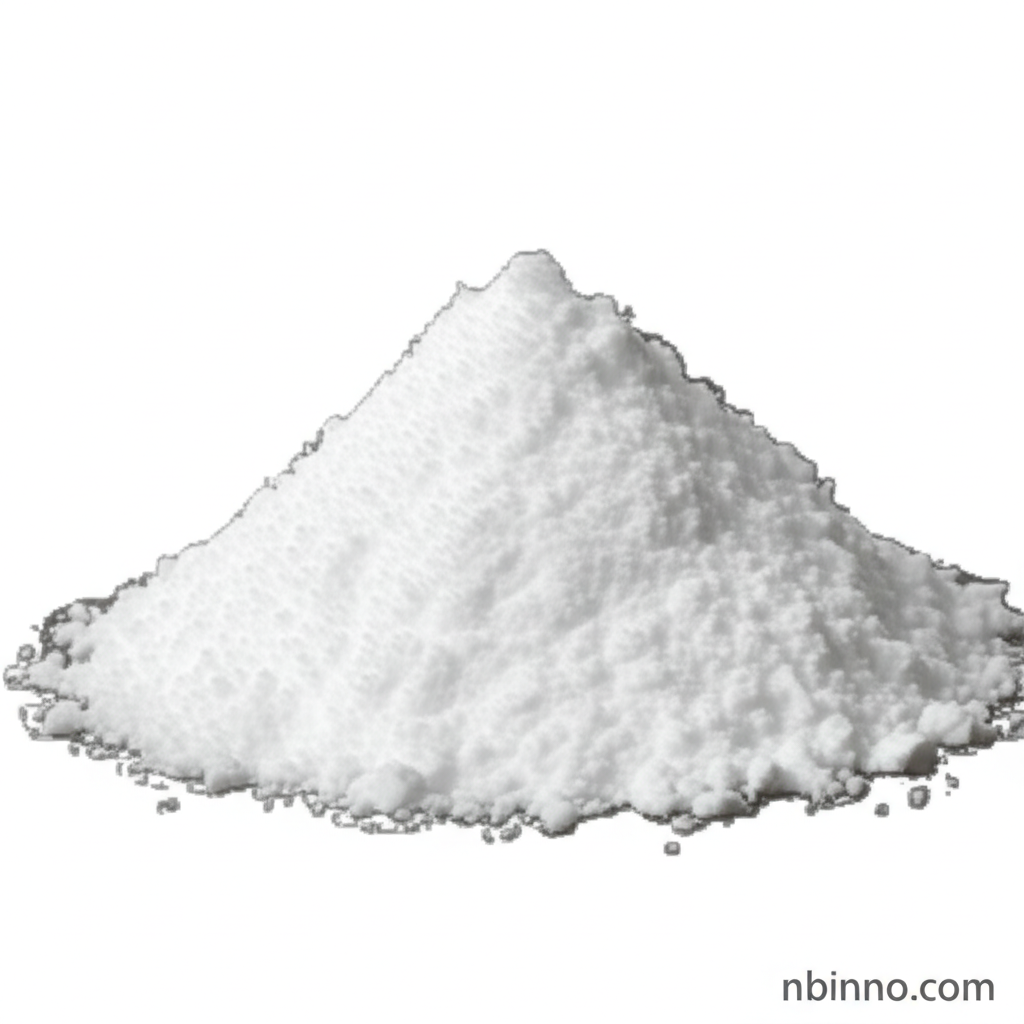Cephalotin Acid: A Key Pharmaceutical Intermediate
Discover the essential role of Cephalothin Acid (CAS 153-61-7) in modern antibiotic synthesis and pharmaceutical production.
Get a Quote & SampleProduct Core Value

Cephalotin Acid
Cephalotin Acid (CAS 153-61-7) is a critical pharmaceutical intermediate, renowned for its role in the synthesis of vital antibiotics. As a first-generation cephalosporin, it exhibits potent bactericidal activity by targeting and inactivating penicillin-binding proteins (PBPs) essential for bacterial cell wall construction. This mechanism effectively weakens the bacterial cell wall, leading to lysis. Its established use in the production of cefotaxime sodium and cefoxitin underscores its significance in addressing bacterial infections.
- Explore the bactericidal mechanism of cephalothin acid, focusing on its interaction with penicillin-binding proteins (PBPs), a key aspect of antibiotic effectiveness.
- Understand the critical role of cephalotin acid pharmaceutical intermediate in the reliable production of essential antibiotics.
- Learn about the susceptibility of cephalothin beta-lactamase susceptibility, a factor influencing its application scope and limitations.
- Discover the market availability and application nuances of CAS 153-61-7 within the pharmaceutical sector.
Advantages of Using Cephalotin Acid
Broad-Spectrum Application
Cephalotin Acid's classification as a first-generation cephalosporin grants it a broad antibacterial spectrum, effective against various Gram-positive cocci and certain Gram-negative organisms, making it a versatile component in pharmaceutical synthesis.
Proven Synthesis Intermediate
As a well-established pharmaceutical intermediate for cefotaxime and other critical antibiotics, its reliable performance in synthesis pathways is a significant advantage for manufacturers.
Bactericidal Efficacy
The inherent bactericidal activity of Cephalotin Acid, achieved through its mechanism of inhibiting bacterial cell wall synthesis, ensures its efficacy in producing potent antimicrobial agents.
Key Applications
Antibiotic Production
A primary application is its use as a vital intermediate in the manufacturing process of various life-saving antibiotics, contributing to the global supply of antibacterial treatments.
Pharmaceutical Synthesis
Its chemical structure and properties make it an indispensable building block in complex pharmaceutical synthesis, enabling the creation of active pharmaceutical ingredients (APIs).
Research and Development
Used in R&D for developing new antimicrobial agents or improving existing ones, understanding its properties is key to advancing pharmaceutical science.
API Manufacturing
Serves as a foundational component for Active Pharmaceutical Ingredient (API) manufacturing, directly impacting the availability and quality of finished drug products.
